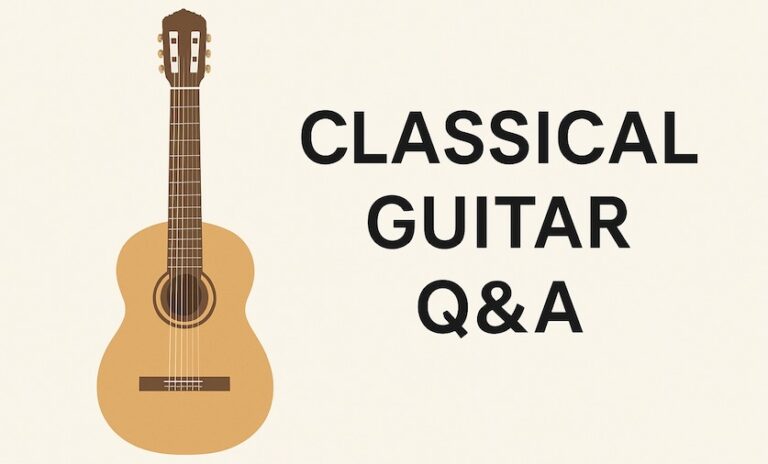This is from my new book Classical Guitar Technique: Essential Exercises, Scales, and Arpeggios. The 122 page book includes: Practice Routines, Tips, 100 Open String Exercises, 120 Giuliani Arpeggios, Scales, Slur Exercises, Shifts, Finger Independence, Barre, Tremolo, Common Harmonics, and much more.
Youtube Video Lesson Link (HD)
Three planting techniques are covered here: Full Plants, Partial Plants, and Sequential Plants. Practicing arpeggios in these ways will develop accuracy, speed, security, confidence, and more. It’s also a way to practice arpeggios in your right hand rather than just playing patterns over and over and hoping that repetition will make you better.



Excellent Werner. Such a useful tutorial. Should have bought your book years ago!
How do you determine which plant to use when playing arpeggios? Will it always be Sequential plants?
Practicing aside, in performance you’ll use sequential planting if you want it to sound legato and sustained. If you want to reduce the the sustain and legato the other plants can help though. For lots of students planting is just a practice technique at first, don’t let it distract you when playing music. Later the muscle memory will be better and you won’t have to think about it.
Bradford, just wanted to say that I have applied the” planting” technique in learning the Spanish Pavin in your Grade 1 Book. When I was confused with fingering, it really helped me to memorise the chord shapes, just by taking a moment to plant. Now my fingers go automatically to the correct positions. So Thank you!
Virginia
Is it just me or why do I feel all the types of planting sound the same ?
Well, here is a simplistic breakdown: Full Plants place all the required fingers at once. Partial Plants place some of the fingers at a time. Sequential Plants place one finger at a time.